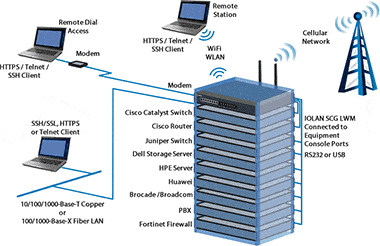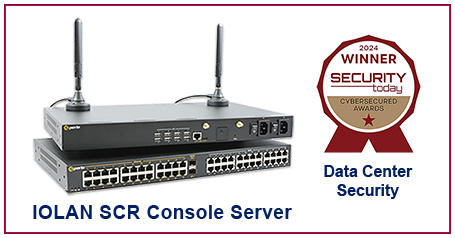
A balanced approach prevents data centers from overspending on risk mitigation
By Donna DonnowitzSeptember 4, 2014
Redundancy options
There are several strategies that companies can implement to make their data center more resilient. One of the most widespread strategies is the N+1 approach, which refers to maintaining independent backup devices for critical components. Computer Weekly notes that many facilities also utilize RAID storage devices for temporary data recovery while compromised components are replaced.
These resiliency strategies are important, but aren't suited to deal with every risk scenario that threatens a data center. Even data centers that invest in N+1 redundancy for the entire system can be compromised by weather phenomena, like earthquakes or fires, and blackouts in the local community. In cases like these, off-site mirroring and implementation of remote console servers are necessary to sustain reliable redundancy.
Cost considerations
Data Center Dynamics warns that 95 percent of data centers experience failures, and experts recommend that data centers prepare for at least one unexpected outage per year. Data center failures are a reality for every facility, from mid-sized colocation centers to industry giants like Facebook. IT professionals must then assess the risk of their own center, consider their budget and prioritize their redundancy strategy accordingly. Research from IBM reveals that the cost of redundancy strategies like N+1 jump significantly as companies add new layers of protection. However, adding extra contingencies produced diminishing returns when compared to the large investment required to back components across a full-sized data center.
Perle's wide range of 1 to 48 port Perle Console Servers provide data center managers and network administrators with secure remote management of any device with a serial console port. Plus, they are the only truly fault tolerant Console Servers on the market with the advanced security functionality needed to easily perform secure remote data center management and out-of-band management of IT assets from anywhere in the world.



